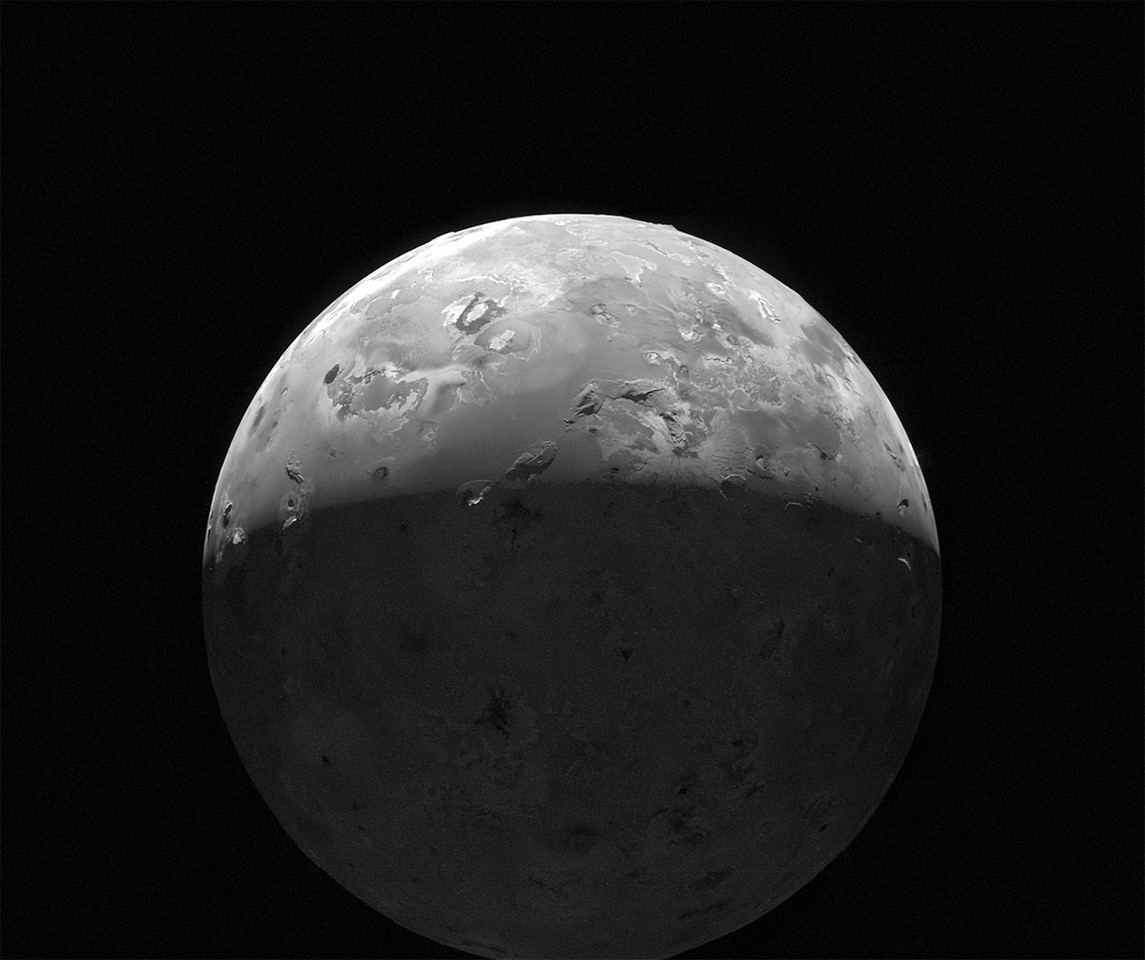Thanks to NASA’s Juno mission to the Jupiter system, we’re getting our best looks ever at the gas giant’s volcanic moon Io. Even as Juno provides our best views of the moon, it also deepens our existing questions. Only a dedicated mission to Io can answer those questions, and there are two proposed missions.
Continue reading “Comparing Two Proposed NASA Missions to Jupiter’s Moon Io”Comparing Two Proposed NASA Missions to Jupiter’s Moon Io



